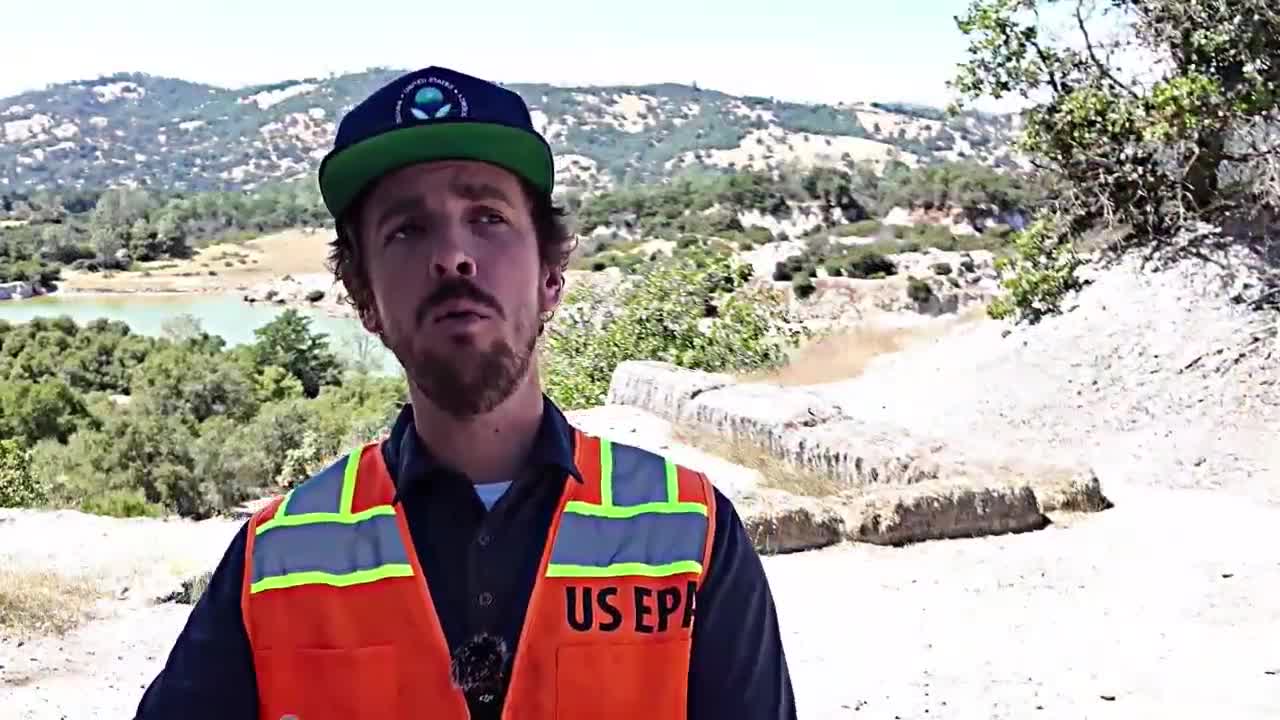EPA launches major cleanup to protect Clear Lake ecosystem
August 17, 2024 | Events, Lake County, California
This article was created by AI summarizing key points discussed. AI makes mistakes, so for full details and context, please refer to the video of the full meeting. Please report any errors so we can fix them. Report an error »

In a recent government meeting, officials outlined a comprehensive plan to address contamination issues at Clear Lake, focusing on the removal of a waste rock dam that poses a risk to local water quality and cultural resources. The Environmental Protection Agency (EPA) aims to begin cleanup efforts in the summer of 2025, with a projected completion date between 2029 and 2030. The initiative includes four phases of work, each designed to ensure robust protections for the area's rich archaeological and tribal cultural resources.
The plan emphasizes the removal of contaminated materials to prevent groundwater from interacting with the mine waste, thereby safeguarding the spring water flowing into Clear Lake. The EPA will implement a long-term operations and maintenance plan on tribal land, transitioning to state management after the first year post-cleanup. This strategy is designed to provide protection for the community and the lake for up to 500 years, even under potential climate change scenarios.
In addition to the cleanup efforts, the meeting highlighted an ongoing project focused on the removal of invasive species, specifically creeping water primrose, from the lake's shoreline. This invasive plant threatens native species and can create stagnant water conditions conducive to mosquito breeding, raising public health concerns. Local partners, including the Tribal Eco Restoration Alliance, are actively engaged in manual removal efforts to manage the primrose population and promote the growth of native plants, which are essential for maintaining ecological balance and water quality.
The project is supported by a grant from the California Department of Pesticide Regulation and will continue through 2025, with activities planned at various sites around the lake. Officials stressed the importance of community involvement in these efforts, encouraging residents to participate in the removal of invasive species to protect the lake's natural habitat and cultural significance.
The plan emphasizes the removal of contaminated materials to prevent groundwater from interacting with the mine waste, thereby safeguarding the spring water flowing into Clear Lake. The EPA will implement a long-term operations and maintenance plan on tribal land, transitioning to state management after the first year post-cleanup. This strategy is designed to provide protection for the community and the lake for up to 500 years, even under potential climate change scenarios.
In addition to the cleanup efforts, the meeting highlighted an ongoing project focused on the removal of invasive species, specifically creeping water primrose, from the lake's shoreline. This invasive plant threatens native species and can create stagnant water conditions conducive to mosquito breeding, raising public health concerns. Local partners, including the Tribal Eco Restoration Alliance, are actively engaged in manual removal efforts to manage the primrose population and promote the growth of native plants, which are essential for maintaining ecological balance and water quality.
The project is supported by a grant from the California Department of Pesticide Regulation and will continue through 2025, with activities planned at various sites around the lake. Officials stressed the importance of community involvement in these efforts, encouraging residents to participate in the removal of invasive species to protect the lake's natural habitat and cultural significance.
View full meeting
This article is based on a recent meeting—watch the full video and explore the complete transcript for deeper insights into the discussion.
View full meeting
